Understanding Eating Disorders in Children and Adolescents
Introduction
In recent years, there has been a concerning rise in the prevalence of eating disorders among children and adolescents. These disorders, characterized by unhealthy attitudes and behaviours towards food and weight, can have severe physical and psychological consequences.
Understanding the unique challenges faced by young individuals with eating disorders is crucial for early identification, intervention, and support.
What are Eating Disorders?
Eating disorders are complex mental health conditions characterized by abnormal eating habits that negatively impact an individual’s physical, mental, and psychosocial well-being. People with eating disorders develop an unhealthy fixation on food, weight, or their body image.
Eating disorders develop due to a multitude of factors, such as genetic predisposition, brain biology, personality traits, cultural and societal norms regarding body image, and mental health conditions.
The prevalent eating disorders among children and adolescents are:
- Anorexia nervosa: People with anorexia nervosa harbour an unhealthy fear of gaining weight, possess a distorted body image, and obsessively try to lose weight by severely restricting food intake, occasionally leading to self-inflicted starvation.
- Bulimia nervosa: Bulimia nervosa is characterized by recurrent episodes of overeating followed by compensatory actions like self-induced vomiting (purging), fasting, using laxatives or diuretics, or extreme exercise to eliminate consumed food and calories.
- Binge eating disorder: People with binge eating disorder exhibit compulsive eating habits where they consume abnormally large quantities of food in single sitting and struggle to regulate their eating behaviour. Unlike bulimia, individuals don’t purge or exercise excessively to burn off calories. Instead, they feel uncomfortably full and often experience emotions like shame, regret, guilt, or depression.
- Avoidant restrictive food intake disorder: In Avoidant Restrictive Food Intake Disorder (ARFID), individuals limit their food intake without being driven by worries about weight or body image. For instance, those with inflammatory bowel disease might avoid eating due to the associated pain. Children with sensory issues may reject foods due to unpleasant sensory experiences. This goes beyond typical picky eating and can result in malnutrition. [1, 2, 3]
Identifying Signs and Symptoms: What are the Signs Parents Must Look Out For?
The uptick in eating disorders among youngsters amid the pandemic, attributed to the upheaval, isolation, stress, and heightened social media use, isn’t unexpected. Parents should remain alert for indications that their child or adolescent might be grappling with an eating disorder.
Detecting eating disorders in children and adolescents can pose challenges, as the signs may differ based on the type of disorder and individual characteristics. However, some common indicators include:
Emotional and behavioral signs
- Excessive focus on losing weight, food, calorie counting, and dieting
- Avoidance of specific foods or entire food groups like carbohydrates and fats
- Finding reasons to skip meals or food-related situations
- Regular trips to the bathroom following meals
- Creating food-related routines, such as eating in a certain order or rearranging food
- Becoming withdrawn from social activities and friends and displaying increased secrecy.
- Extreme preoccupation with body shape and size
- Regularly checking oneself in the mirror for perceived imperfections
- Experiencing drastic shifts and fluctuations in mood

Physical signs and symptoms
- Unexplained weight fluctuations or drastic weight loss
- Digestive problems like stomach cramps, constipation, and acid reflux
- Menstrual irregularities, including primary or secondary amenorrhea or irregular periods.
- Fatigue, dizziness, and fainting
- Dental complications
- Dry skin, hair, and brittle nails [2, 3, 4]
Misconceptions about eating disorders
Myth: Eating disorders primarily impact young white females.
Fact: Eating disorders can impact individuals of any age, gender, ethnicity, or socioeconomic background.
Myth: Eating disorders are purely about wanting to be thin.
Fact: While body image concerns may play a role, eating disorders are complex mental health conditions often driven by a combination of biological, psychological, and environmental factors.
Myth: Eating disorders are a phase or a lifestyle choice.
Fact: Eating disorders are serious mental illnesses that require professional medical treatment. They are not phases or lifestyle choices that individuals can simply “snap out of.” They involve significant disruptions in eating behaviour, exercise, and self-harm due to distorted thoughts and emotions. Beyond psychological distress, they also lead to serious medical complications affecting major organs. The mortality rate for eating disorders is the highest among psychiatric illnesses, over 12 times higher than for those without eating disorders.
Myth: You can tell if someone has an eating disorder just by looking at them.
Fact: Eating disorders can manifest in individuals of all body shapes and sizes. A person can have an eating disorder regardless of whether they appear to be of normal weight or overweight.
Myth: Eating disorders are just about weight and food.
Fact: Eating disorders often serve as coping mechanisms for underlying emotional distress. They can be linked to a variety of psychological issues, including anxiety, depression, trauma, and low self-esteem.
It is important to understand that eating disorders are not a matter of choice. Mental health conditions like anxiety and depression frequently play a substantial role, and emotional suffering is often a primary driver of these disorders. Studies indicate that both undereating and overeating impact the brain’s mechanisms for regulating hunger and food intake, thereby perpetuating the eating disorder. [2, 5]
Treatment Approaches for Managing Eating Disorders in Children and Adolescents
Treatment for eating disorders in children and adolescents typically involves a multidisciplinary approach aimed at addressing the physical, psychological, and nutritional aspects of the disorder. Here are some key components of the treatment:
- Psychotherapy: Various forms of psychotherapy, such as cognitive-behavioural therapy (CBT), family-based therapy (FBT), and dialectical behaviour therapy (DBT), are effective in treating eating disorders in children and adolescents. Therapy aims to help individuals identify and challenge distorted thoughts and beliefs about food, body image, and self-worth, develop coping skills to manage emotions and stress, and improve communication and relationships with family members.
- Medications: In some cases, medication may be prescribed to address co-occurring mental health conditions such as depression, anxiety, or obsessive-compulsive disorder (OCD) that often accompany eating disorders. Medication may help alleviate symptoms and improve overall functioning, but it is typically used in conjunction with psychotherapy and other forms of treatment.
- Nutrition Counselling: A dietitian who is certified and specializes in eating disorders can assist in enhancing dietary habits and crafting healthy meal plans. They can also provide guidance on grocery shopping, meal preparation, and planning.
- Medical Care: Hospitalization may be necessary for some teenagers to address acute issues related to malnutrition and to prevent lasting negative effects. Hospitalization offers necessary feeding support and stabilization to mitigate potential long-term consequences.
- Education and continued monitoring: Providing education about nutrition, body image, and healthy lifestyle habits to both adolescents and their families can help prevent relapse and promote long-term recovery. Ongoing monitoring and support are essential even after the initial phase of treatment to prevent relapse and maintain progress in recovery. [3, 6, 7]
How Parents Can Support Teens with Eating Disorders at Home
Parents can help their children struggling with eating disorders by providing nutritious meals, encouraging mindful eating, fostering open communication, modelling self-love and acceptance, prioritizing health over appearance, avoiding body criticism, involving their children in meal planning and preparation, seeking professional help, and practicing patience and persistence.
Conclusion
Eating disorders in children and adolescents are complex mental health issues that necessitate compassion, early detection, effective intervention, and continuous support. By recognizing the signs, understanding the risks, and implementing effective support strategies, parents, caregivers, and healthcare professionals can help children and adolescents overcome eating disorders and achieve lasting recovery. Early intervention is key, so it’s essential to remain vigilant and proactive in addressing these issues to ensure the well-being and future success of young individuals
- Eating Disorders in Children and Adolescents | Johns Hopkins Medicine
- Eating disorders spike among children and teens: What parents should know - Harvard Health
- Eating Disorders: Types, Causes, Treatment & Outlook (clevelandclinic.org)
- Eating Disorders Symptoms - National Eating Disorders Association
- Myths about eating disorders - Butterfly Foundation
- A Systematic Review of Dialectical Behavior Therapy for the Treatment of Eating Disorders: Eating Disorders: Vol 20, No 3 (tandfonline.com)
- Unique considerations for the medical care of restrictive eating disorders in children and young adolescents | Journal of Eating Disorders | Full Text (biomedcentral.com)


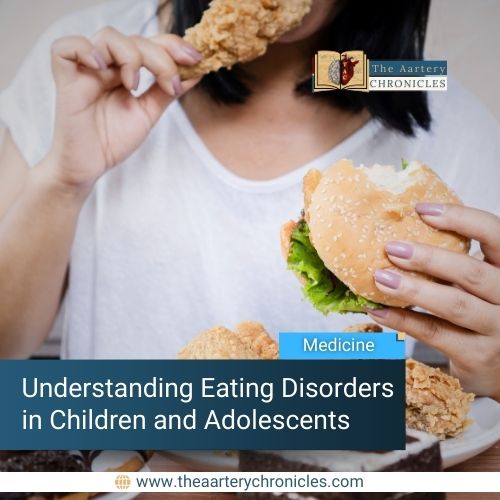
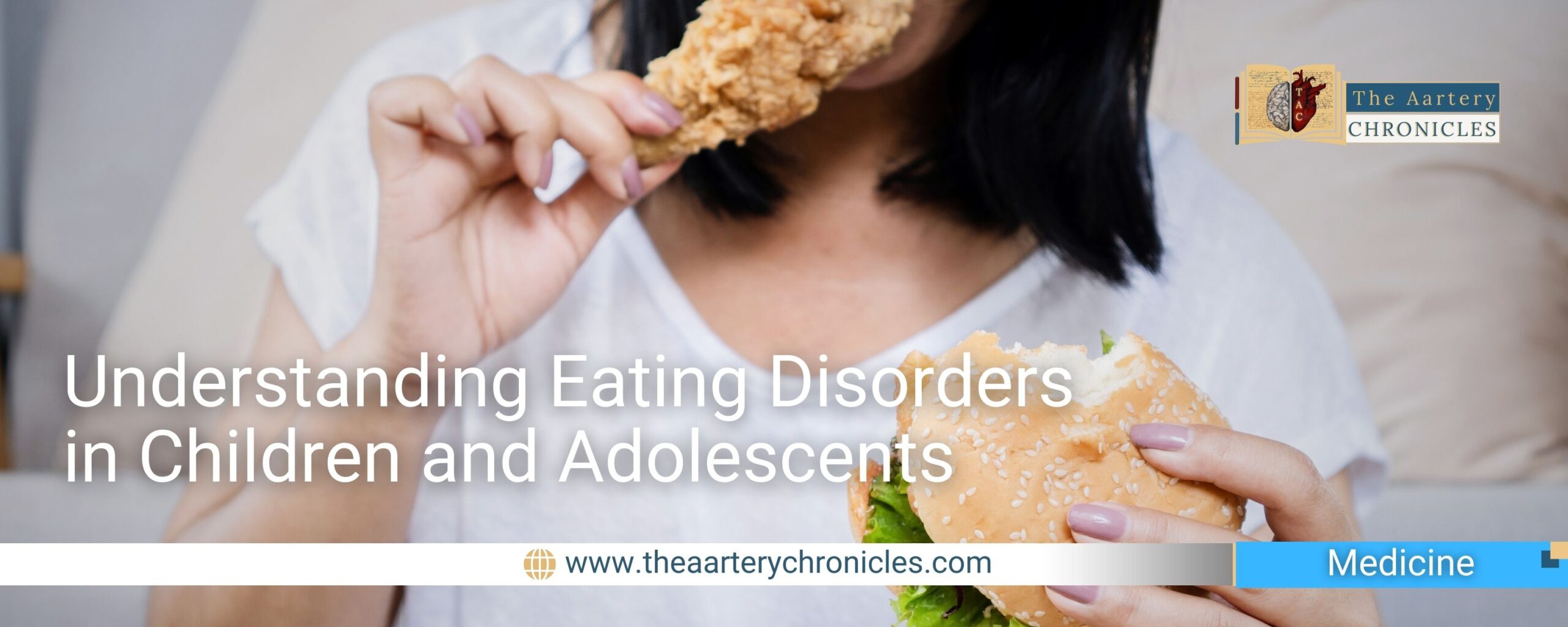

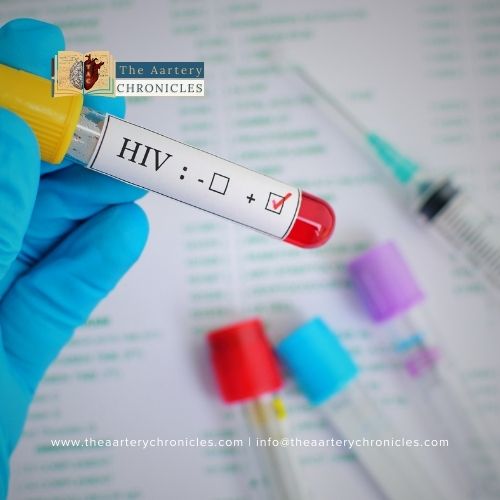
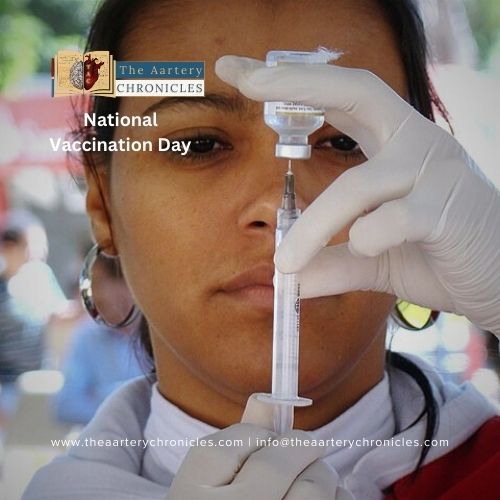
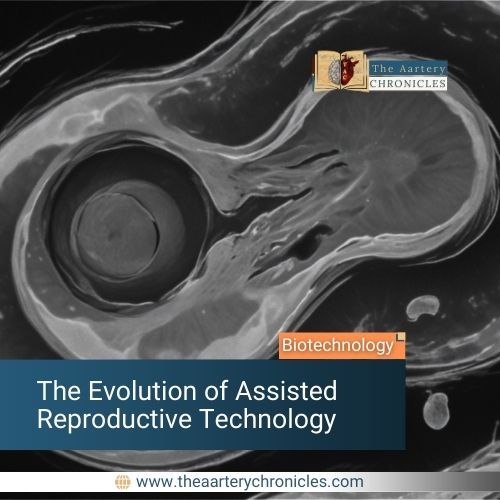
I do not even know how I ended up here but I thought this post was great I do not know who you are but certainly youre going to a famous blogger if you are not already Cheers